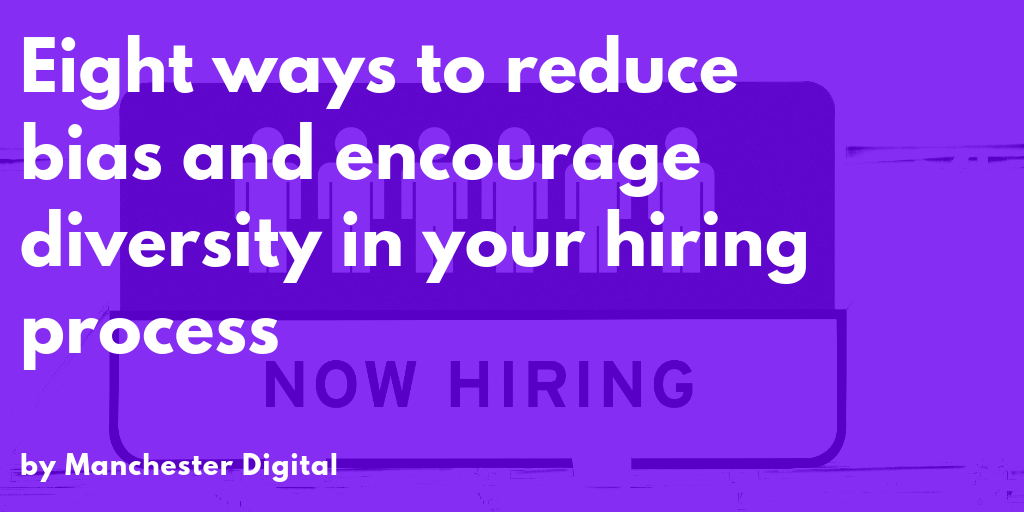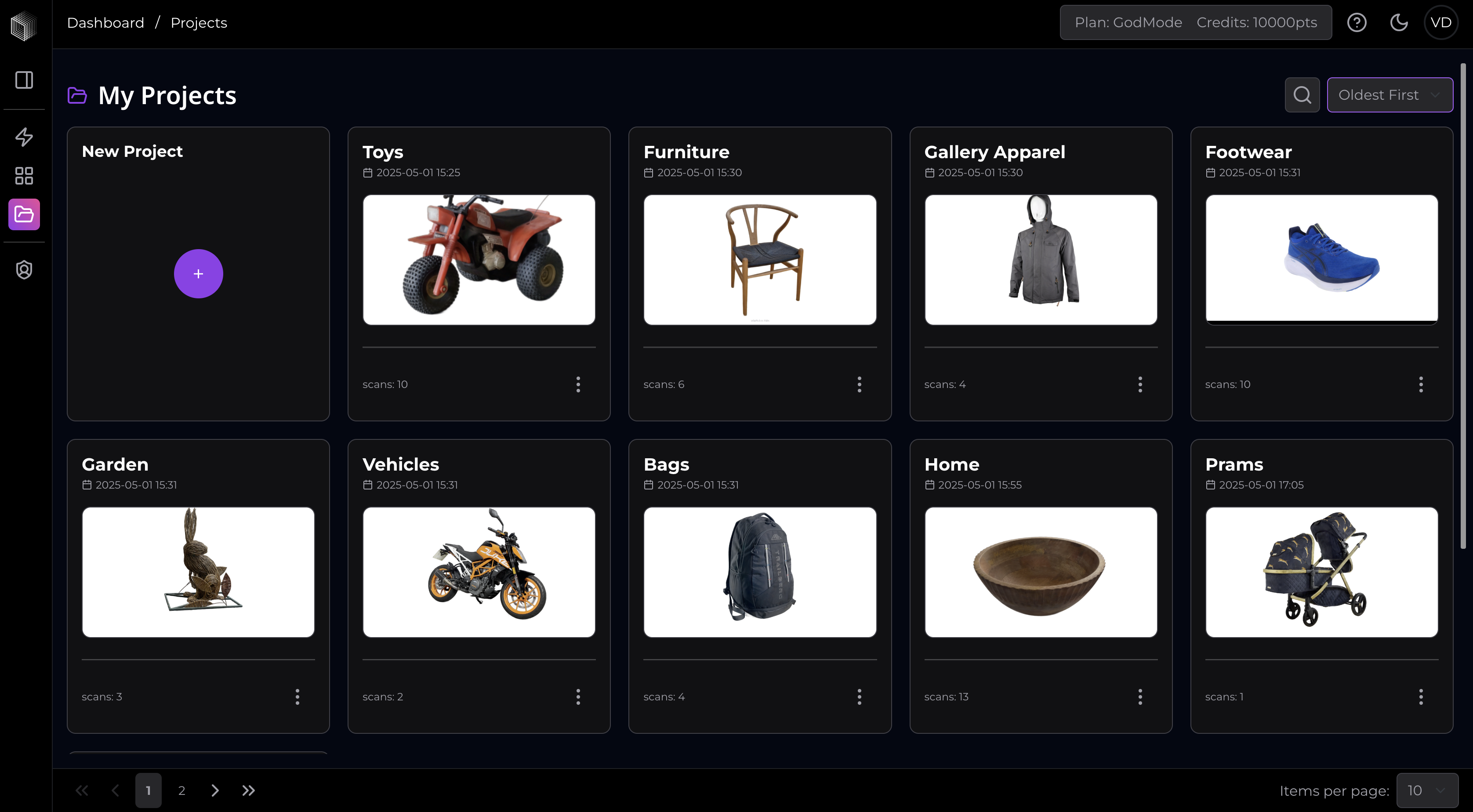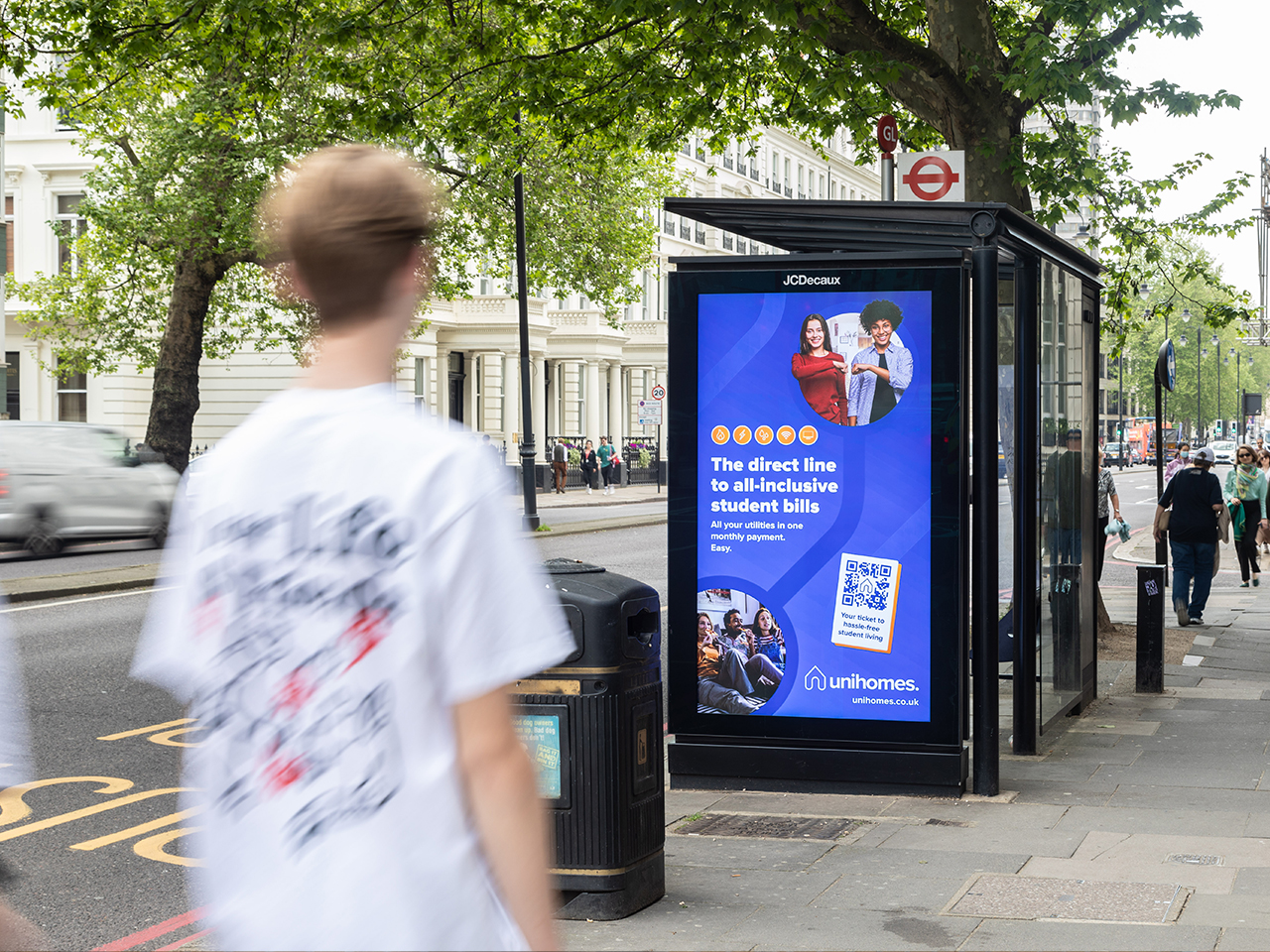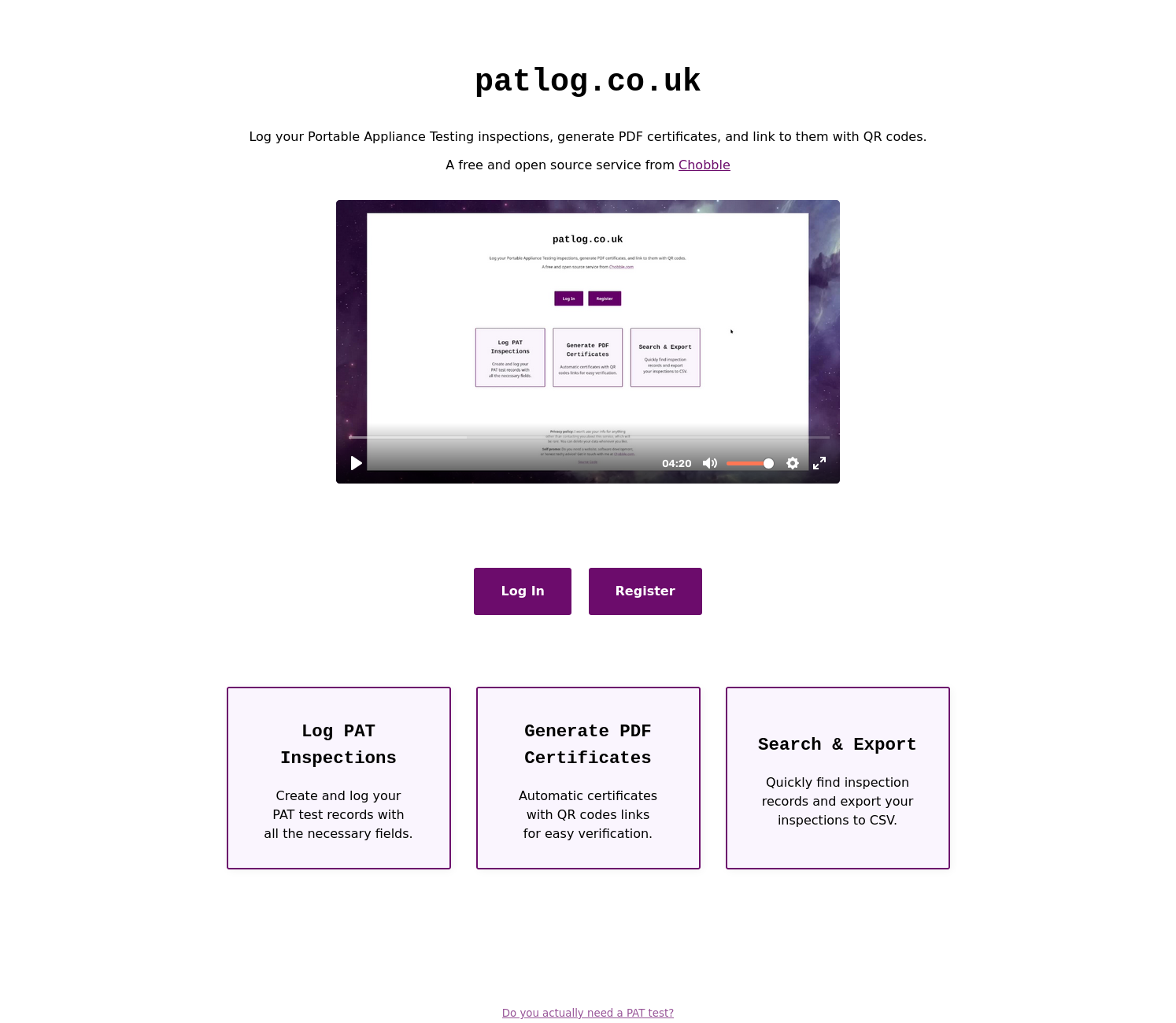Manchester Digital’s Skills Audit 2019 found that within Manchester’s tech sector, just 20% of our technical roles are filled by women.
A separate report that looked at diversity across the whole of the UK described the results that it found as ‘worrying’ as only 4% of the UK tech industry are from BAME backgrounds.
Championing diversity and inclusion is not only a moral obligation but doing so also makes good business sense. A quick Google search will reveal an abundance of reports that conclude that more diverse companies produce more revenue.
Why do we see a lack of diversity?
Some of the reasons include a lack of opportunity and awareness of the roles available on behalf of candidates, and also a lack of understanding and education on how to hire in a diverse manner on behalf of the tech companies.
As the trade body for Greater Manchester's tech and digital sector, we are trying to tackle these issues in a number of ways such as our Talent and Skills provisions Digital Futures and Digital Her, and also through our Level Four Software Developer Apprenticeship.
It's also the case that a lack of diversity within an individual organisation – and collectively, the sector – can be the result of a recruitment process that allows inherent or unconscious bias to be a part of a firm’s decision making.
This article will demonstrate techniques that Manchester’s tech and digital sector can implement, as of today, that will greatly reduce bias and so encourage diversity and inclusion within our sector.
What is unconscious bias?
Unconscious bias is a process that takes place automatically and often out of our control. Biases are learned stereotypes that are able to influence our behaviour. For example, our brains can make us feel drawn to someone due to the area they are from, their background or their education. Hiring managers can, due to unconscious bias, hire people they deem to be ‘like them’. These biases can dramatically inhibit the decision-making process and end up excluding capable candidates who do not look like the interviewer.
Eight ways to reduce bias and encourage diversity in your hiring process

1. Assess yourself
To correct unconscious bias, first, you must fully accept the following statement.
"I make decisions based on my personal prejudices."
Refusing to believe that you hold any bias will hold you back. You must make space to recognise your own biases and then make sure you work through them in order to work them out of your hiring process. It's also important that you build awareness around bias within your organisation and educate hiring manager’s that ‘gut instinct’ isn’t a good thing.
2. Check the language used in job descriptions
Did you know, the language you choose to advertise a role can have a powerful effect on who applies for your job. For example, phrases such as “a proven track record” will result in more male applicants, whereas “a passion for learning” attracts female applicants. Look to try to make your job description as pro-diverse as possible by running it through Textio, a piece of software that helps you to identify ‘problem-phrases’ within your job adverts.
3. Create blind CVs and point-based system
A study in the US discovered that candidates with “clearly white” names received 50% more callbacks for job interviews, despite the rest of the resume being exactly the same.
Another study showed that minorities that are attuned to unconscious bias against them and have ‘whitened’ their resumes as a result received twice as many calls back as those who didn’t.
You might not think that you are selecting candidates based on bias, but why take the chance? Remove any unconscious bias you may hold by removing the candidate’s name, age, gender and other potentially discriminating information from the resumes before you go through them.
It’s also a good idea to create a scoring system by which you rank the CV based on data rather than your own personal selection process.
4. Have a standardised interview
It's vital that you create a standard interview format that's the same for all candidates
If you don’t already have set questions and a set system, then implement one now. The last thing that you want is for interviewers who believe they can ‘read the room’ as this process is a sure-fire way to invite bias into the equation.
Also, finding common ground with a particular candidate might put an interviewee at ease, but this is only fair if you do this for all candidates and not just the ones that you click with.
Instead, you should aim to have a standardised interview with a script including ice-breakers, a thought-out scoring system and post-interview debrief assessors can go through so the whole process is based on performance, not personality.
5. Make your hiring panel diverse
The way to encourage diversity is through diversity. Don’t make hiring one person’s responsibility but widen the net to include as many different people, with as many different backgrounds, expectations and views as possible. Having a diverse panel will put checks and balances in place that will reduce bias by inviting different viewpoints into the process.
6. Test the candidate's skills
Of course it’s good to get to know people in an interview, but this should never be the sole basis of your decision, otherwise, you are leaving your hiring open to confirmation bias.
Confirmation bias is where the interviewer will unconsciously seek out information about a candidate that supports their preconceived notions.
To avoid this, it’s recommended to have an interview that will allow you to learn more about the candidate but then use a skills test to assess how well equipped they would be when actually performing the role.
Doing this will shift the focus away from personality, background and education and instead allow you to focus on the candidate's ability to perform necessary tasks regardless of gender, age, race or background.
7. Set diversity goals
Setting diversity goals results in greater diversity. If you want to reduce hiring bias, how will you know if you’re doing so unless you set KPIs you can measure?
Decide what it is that your business needs to address, whether that be too many graduate hires, a lack of cultural diversity, gender imbalance etc.
When you have set your aim, you want to set out a plan to achieve it and share it widely across the company. Make your goals apparent and include your commitment to diversity within your job description.
8. Use tech tools
Why not use software to help you to remove any bias from your process? This great article list seven tech tools that can help you make a bias-free recruitment decision.
Want to tell us your experiences?
Are you an employer that's committed to encouraging diversity and inclusion? If so, why not pledge to become a Digital Futures Ambassador.
Or, alternatively, if you think there is something we have missed, have a suggestion that would improve the piece or would like to share your experiences in creating an inclusive environment within your organisation with the Manchester Digital network, get in touch with thom@manchesterdigital.com to discuss.








